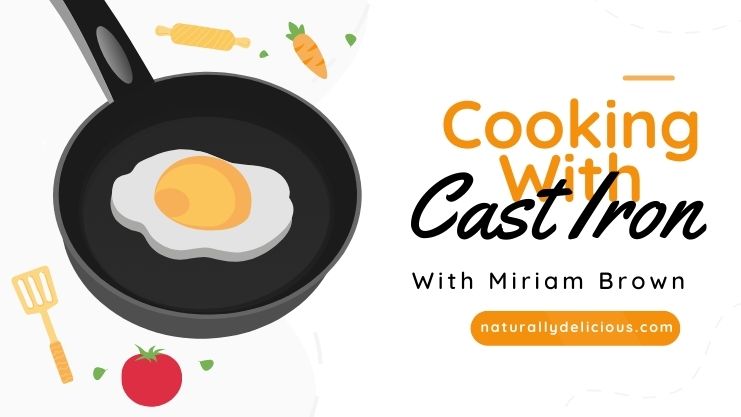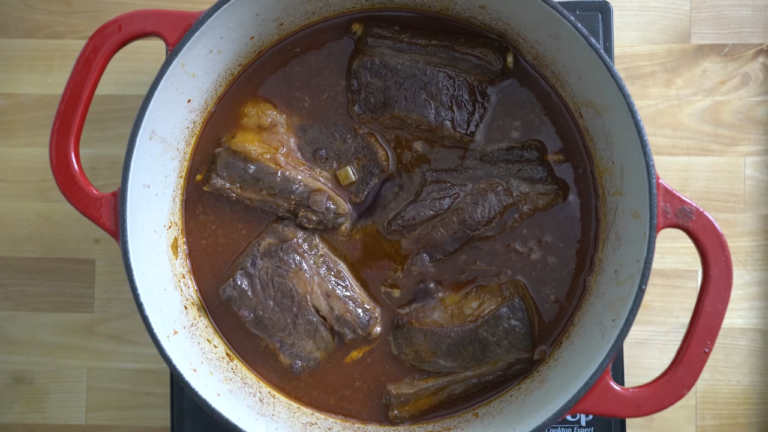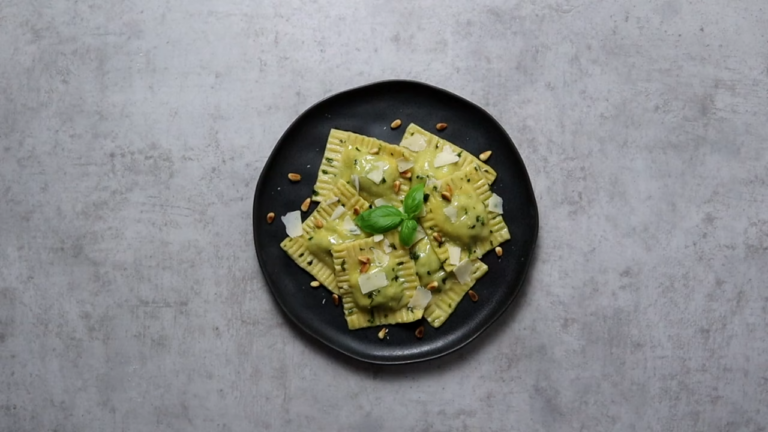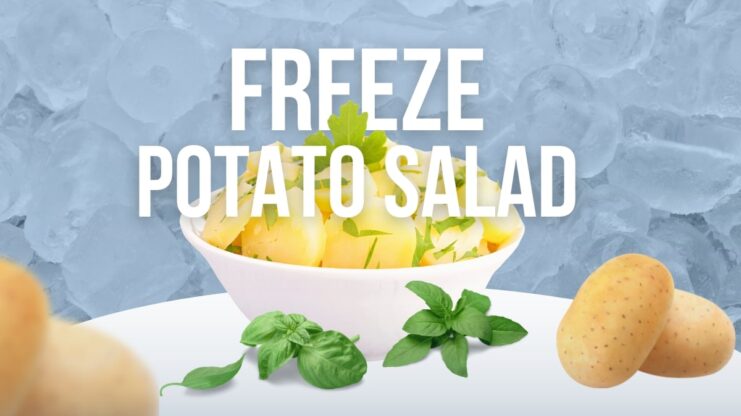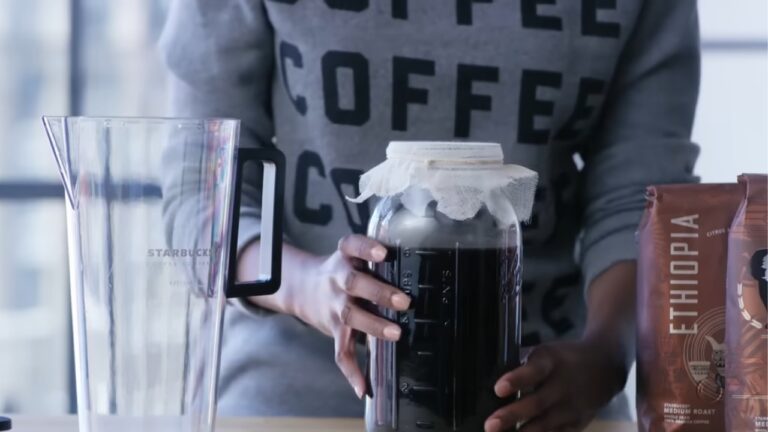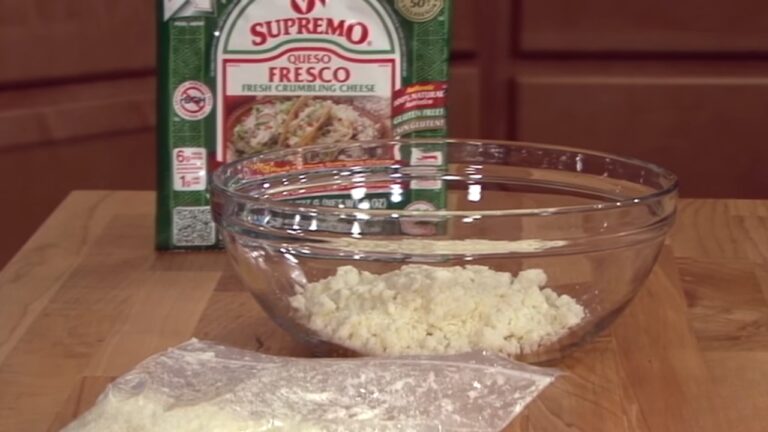Potato salad is a classic and cherished side dish that I, along with millions of others, enjoy at picnics, barbecues, and family gatherings.
But what happens when there are leftovers?
Those interested in how to conduct the storage properly are in the place to be.
Step-by-Step Guide
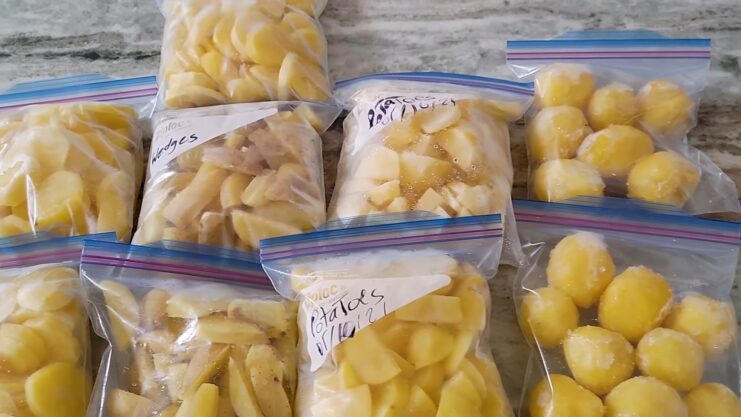
If you decide to take the plunge and freeze your this food, follow these steps for the best results:
| Step | Action | Details |
|---|---|---|
| Cool it | Ensure your potato salad is completely cool before freezing. | Prevents the formation of ice crystals that can affect texture and flavor. |
| Choose the right container | Use an airtight, freezer-safe container or heavy-duty freezer bags. | Protects from freezer burn and maintains freshness. Press out air if using bags. |
| Label and date | Clearly label your container or bag with the date and contents. | Helps track storage duration and manage inventory. |
| Portion control | Divide it into smaller portions if you have a large amount. | Facilitates thawing only what you need, reducing waste. |
| Freeze | Place it in the freezer, positioned away from the freezer walls. | Promotes even freezing and better preservation. |
Weighing the Pros and Cons
Freezing this dish is not without its drawbacks, but there are also advantages to consider.
Here’s a rundown of the pros and cons to help you make an informed decision.
Pros
- Prolong the shelf life of your potato salad, reducing food waste.
- A convenient way to store leftovers or prepare dishes ahead of time.
- Allows you to enjoy your favorite side dish whenever you want.
Cons
- Freezing can alter the texture of the potatoes, making them mushy or mealy.
- Mayonnaise and other dressings can separate or become watery when thawed.
- Flavor profiles may change, resulting in a less-than-ideal taste.
Thawing and Reviving
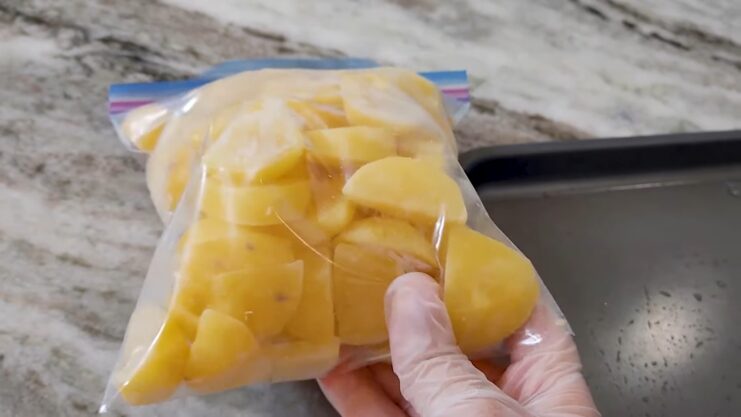
Once you’re ready to enjoy your frozen potato salad, follow these steps for the best results:
- Transfer the salad from the freezer to the refrigerator, allowing it to thaw slowly and evenly. This will minimize any texture or flavor changes. Depending on the size of the container, this process may take anywhere from a few hours to overnight.
- As the potato salad thaws, you may notice some liquid separating from the mayonnaise or other dressing. Drain off this excess liquid to prevent your salad from becoming soggy.
- Gently stir the salad to redistribute the dressing and recombine any separated ingredients. Taste it to determine if any additional seasoning or dressing is needed. If the flavor has diminished, consider adding a small amount of fresh mayonnaise, vinegar, or mustard to brighten the taste.
- For the best texture and flavor, serve your thawed potato salad chilled. Allowing it to come to room temperature may cause further degradation of the dish’s quality.
Tips and Tricks for the Best Results
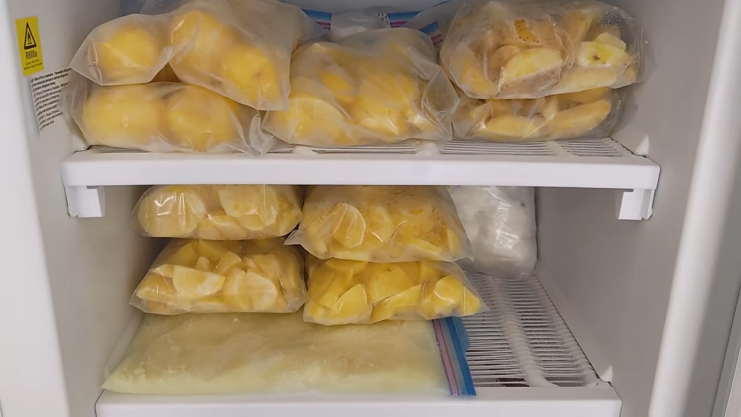
To ensure the highest quality frozen potato salad, keep these helpful tips in mind:
- Opt for a recipe that uses a vinegar-based dressing instead of mayonnaise. Vinegar-based dressings tend to fare better during the freezing and thawing process.
- Choose potato varieties that hold up well to freezing, such as red-skinned or Yukon Gold potatoes.
- Avoid freezing the salad with large chunks of vegetables, as they can become soggy or mushy when thawed. Finely diced vegetables or those that have been blanched prior to freezing are more likely to maintain their texture.
- Use the first-in, first-out method when storing your frozen potato salad. This ensures you’re always using the oldest batch first, reducing the risk of spoilage.
Final Thoughts
While freezing potato salad is not without its challenges, it can be done with careful attention to detail and proper storage techniques. By following the steps outlined in this comprehensive guide, you can prolong the shelf life of your favorite side dish and enjoy it whenever the craving strikes.
Consider similar methods when freezing Queso Fresco, ensuring you select the appropriate storage conditions and thawing techniques to preserve its texture and flavor.
Weigh the pros and cons, choose the right ingredients, and use proper freezing and thawing methods to ensure the best possible results.

